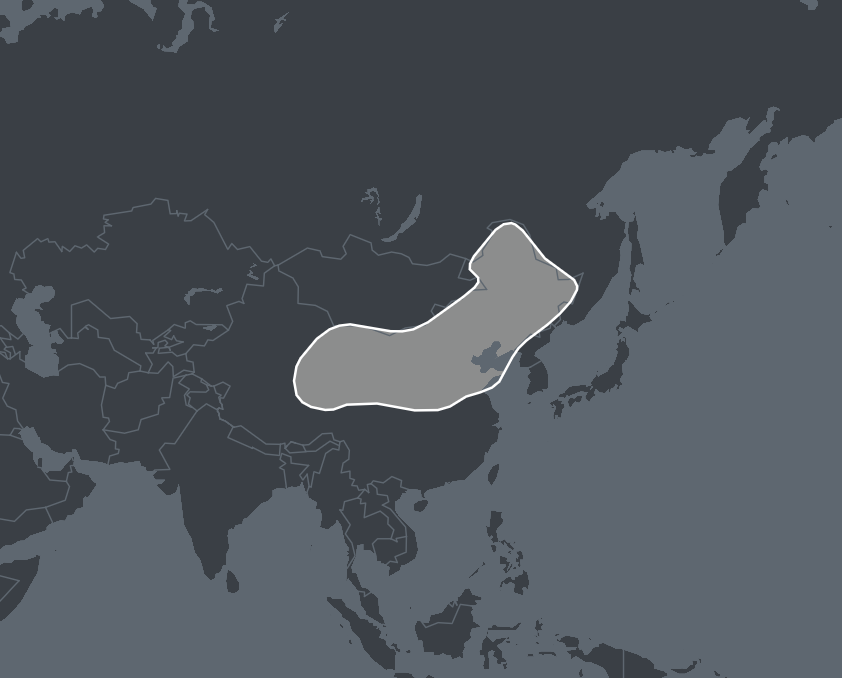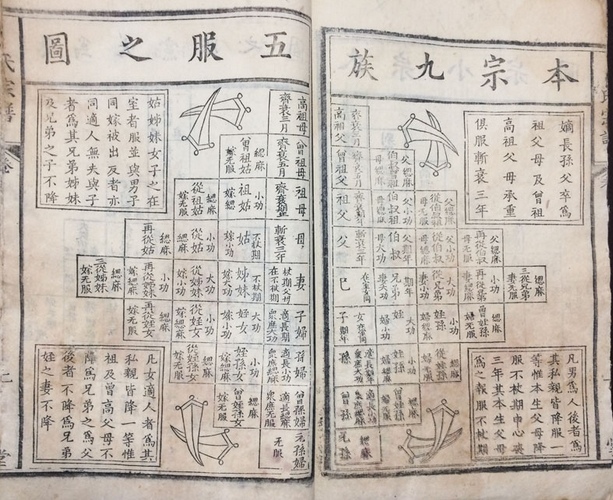What is Northern China DNA Ethnicity on Ancestry?
The results of our AncestryDNA tests may sometimes be what we expect or on occasion may come as a big surprise. Either way, often we need a little more information regarding some of the regions that arise in our ethnicity estimates.

One region that is not at all uncommon is the Northern China region. Those who still live in this region already understand all about its history and culture. There are others, however, who may never have even visited or in fact been aware that they have ancestors from that area.
In this post we will go into more detail with regards to the history, geography and culture of the Northern China region. We will also discuss what it means to be from this region and how easy or difficult it might be to trace our roots in the Northern China Region.
What Is the Northern China DNA Region?
As the name would suggest, the North China DNA region from Ancestry is located mainly within China but it does not cover the whole country. It is focused on the northern and eastern regions and includes a number of China’s provinces including:
- Heilong Jiang
- Inner Mongolia
- Jilin
- Liaoning
- Hebei
- Shandong
- Henan
- Shanxi
- Shaanxi
- Ningxia
- Gansu
- Qinghai
The region does also bleed over into some border regions of neighboring provinces including:
- Xinjiang
- Sichuan
- Chongqing
- Hubei
- Anhui
- Jiangsu
This DNA additionally can be found in the neighboring nations of Mongolia and Tibet

History of the Northern China Region
The Northern China region was once home to the Yangshao and Longshan cultures who were prevalent in the area dating back to 5,000 – 2,000 BC. Evidence of human habitation and that of other human relatives such as homo erectus date back hundreds of thousands of years in the region with huge finds of homo erectus skeletons being well known including the famous Peking Man.
Yangshao Culture
The Yangshao were a neolithic culture found mostly along the middle reaches of the Yellow River. They flourished in the region which is today occupied by the Henan, Shaanxi and Shanxi provinces. They seem to have favored small-scale cultivation over high yield agriculture and would move to new lands once the local soil quality was depleted.
The Yanghao also kept livestock such as pigs, sheep, goats and cattle but much of their meat still came from hunting and fishing.
Longshan Culture
Sometimes referred to as the Black Pottery Culture, the Longshan were centralized around the middle and lower Yellow River valley region. There were two distinct groups which are named after the provinces associated with the area they once inhabited. These are the Shandong Longshan and the Henan Longshan.
Their ability in pottery was advanced compared to contemporary cultures nearby and the distinctive black pottery they made has been found in dig sites throughout Northern China. They too were interested in agriculture growing mainly millet and they also had pigs, sheep and goats but pork was their staple protein.
The Beginning of the Dynasties
Chinese tradition suggests that the Dynastic system that would become the ruling class for millennia first emerged around 2,100 BC. The first dynasty was the Xia and for many years historians thought them to be potentially just legendary. Recent archaeological digs in Henan province however seem to support their existence as a real dynasty.

The successors of Xia the Shang dynasty ruled between 1766 – 1122 BC and are the first confirmed dynasty with scholars still undecided if Xia was anything more than a mythical dynastic power. There would be numerous dynasties that would come onto power over the millennia with internal power struggles being very common.
How Did You Get Northern China Region DNA?
Since around the 2nd century BC trade has been leaving and entering China with the west along the so-called Silk Road trade routes. Spanning over 4,000 miles it carried not only goods in and out of China but also people. This would spread the genetic influence from the Northern China DNA region into Europe and Western Asia.
In more recent times conflicts and dictatorships in China have led people to flee the nation in search of a better life. The United States in particular saw a great deal of immigration from China which supplied a workforce for some of the major projects that would ultimately connect the East and West coasts of America.
The labor provided on the early US railroads was invaluable in connecting the nation. The first immigrants started to arrive in the 1850s drawn in large by a search for a better life and in many cases the pull of the west coast gold rush. As the gold rush fizzled out those who had not made their fortune stayed on supplying cheap labor and building communities in major cities across the country.
If you already know that you had family who came from Northern China or any of the bordering regions then you know why you have DNA from this region. If this result came as a surprise however you may not know exactly how you came by DNA from this region.
If you have a sizable percentage of DNA from this region then it is likely you have an ancestor who was born somewhere in Northern China. If you have a smaller percentage of Northern China DNA then you probably have a more distant ancestor from the region which you may not be able to trace.
Chinese Genealogy
When it comes to male line ancestors, being of Chinese descent may allow you to trace your family back thousands of years. Traditional practices are that a family history book known as a Jiapu is created which traces the male line back potentially thousands of years.

This is not always the case with everyone and sometimes finding that first ancestor who left China can be tricky. If things do work out there is a potential to find out a great deal about your male line lineage in the Northern China DNA region.
Final Thoughts
China has a long and rich history that has seen the rise and falls of dynasties and with impressive record keeping the potential to learn a great deal about ancestors from this region definitely exists. Humans have been living in the region we know as Northern China for tens of thousands of years as have other members of the hominid family such as homo erectus and Neanderthals.
Those with Northern China DNA in their ethnicity estimate have a connection to a region with a deep history which has not only seen internal strife but also influences of some of the world's biggest empires through its vast trade routes.
Link To or Reference This Page
We spent a lot of time downloading, cleaning, merging, and formatting the data that is shown on the site.
If you found the data or information on this page useful in your research, please use the tool below to properly cite or reference Name Census as the source. We appreciate your support!
-
<a href="https://namecensus.com/blog/what-is-northern-china-dna-ethnicity-on-ancestry/">What is Northern China DNA Ethnicity on Ancestry?</a>
-
"What is Northern China DNA Ethnicity on Ancestry?". NameCensus.com. Accessed on May 3, 2024. https://namecensus.com/blog/what-is-northern-china-dna-ethnicity-on-ancestry/.
-
"What is Northern China DNA Ethnicity on Ancestry?". NameCensus.com, https://namecensus.com/blog/what-is-northern-china-dna-ethnicity-on-ancestry/. Accessed 3 May, 2024
-
What is Northern China DNA Ethnicity on Ancestry?. NameCensus.com. Retrieved from https://namecensus.com/blog/what-is-northern-china-dna-ethnicity-on-ancestry/.
